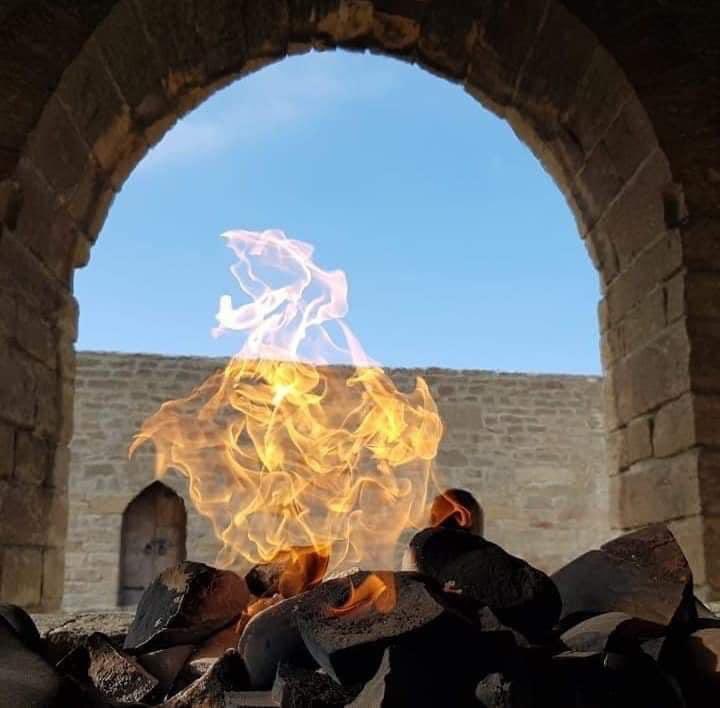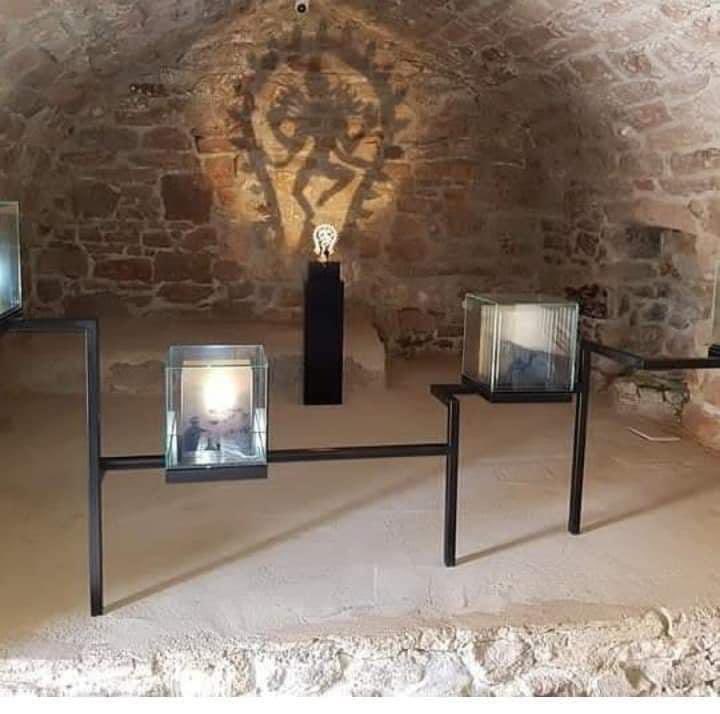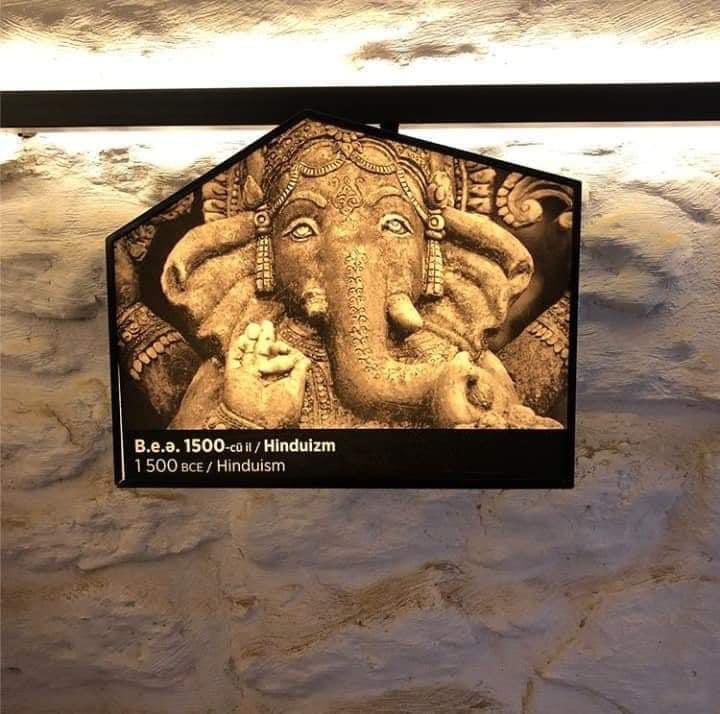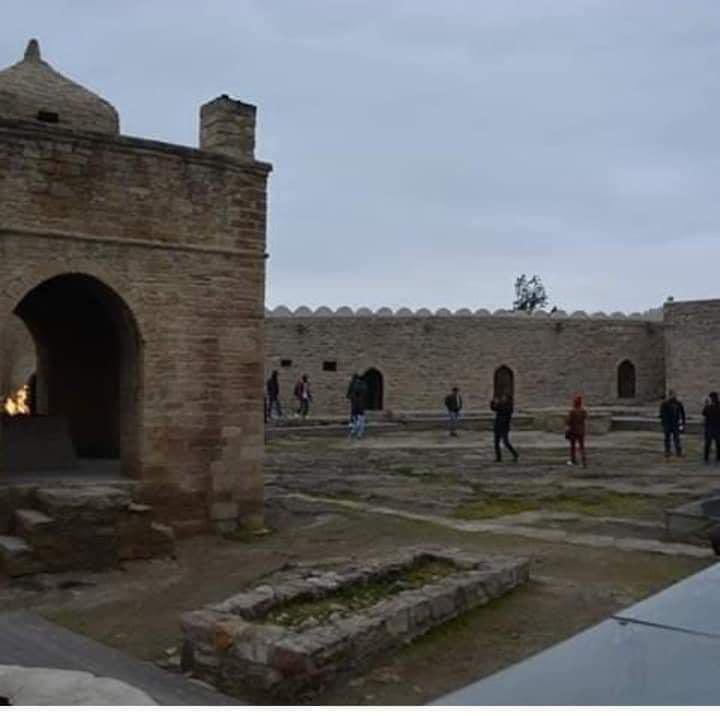
This Shiva temple is situated around 82 km from Warangal (Telengana), and is located near Kulpak ji, a famous Jain temple. This Shiva temple is also known as Veyi Lingala gudi, meaning the temple of the thousand lingas (a beautiful Sahasralinga- image given).
@LostTemple7



@LostTemple7




Adorned with beautiful carvings & sculptures the temple was originally built by the Chalukyas. Inscriptions found here place the temple at around 1070-1126 CE, as evidenced from the different narrations found in them detailing how the Chalukyan kings patronised the temple.
From the inscriptions it is clear that the Chalukyan kings patronised this temple by donating land, gold, cows, etc. The temple as it stands now however shows a great deal of Kakatiyan workmanship too, possibly owing to the later additions/modifications/renovations made by them.
There is a sort of museum inside the pillared galleries and the courtyard where many murtis are placed. It includes murtis of Ganesha, Rama, nagas, shiva, devi saraswati, etc 

• • •
Missing some Tweet in this thread? You can try to
force a refresh


















